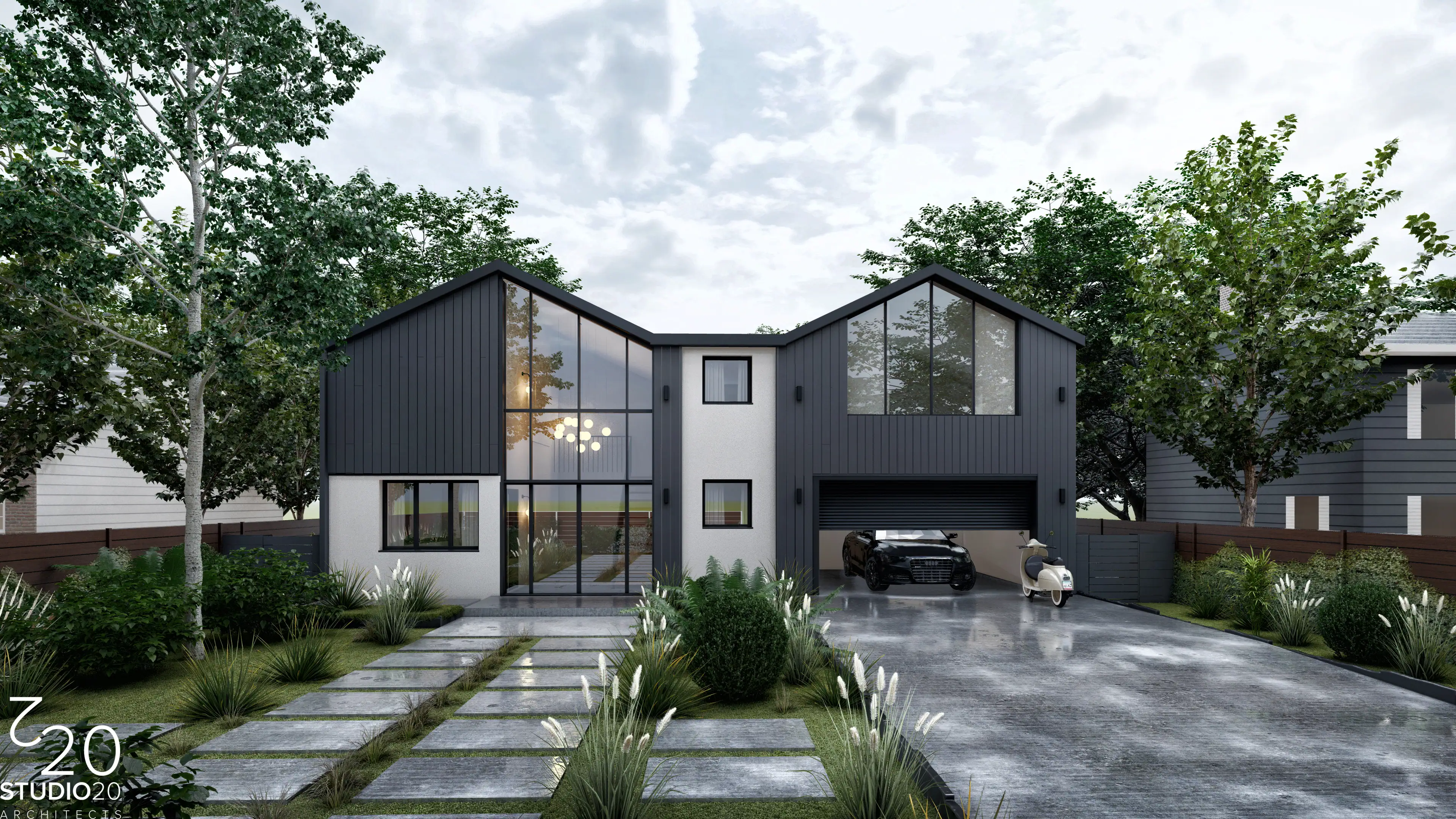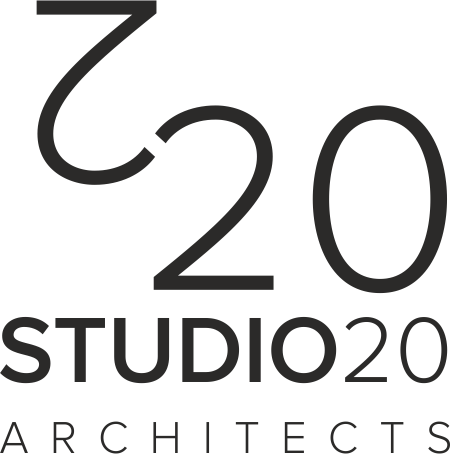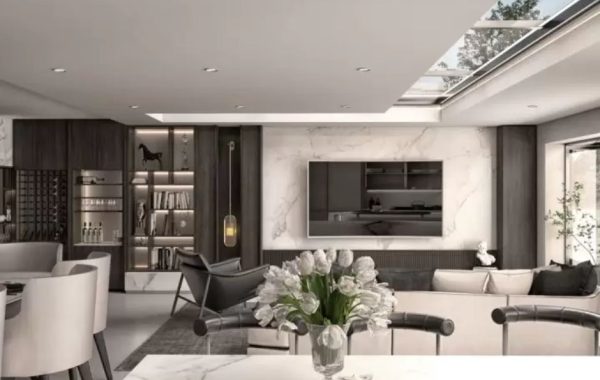
Modern Methods of Construction (MMC): A Comprehensive Guide
Building Smarter, Faster, and Greener: An In-Depth Guide to Modern Methods of Construction (MMC)
The quest for rapid, efficient housing solutions has been a defining feature of architecture and construction for over a century. Modern Methods of Construction (MMC) emerged as a response to post-World War housing crises, evolving into sophisticated techniques that not only expedite construction timelines but also address environmental challenges and workforce shortages. This guide explores MMC’s impact, techniques, and applications within the UK housing market.
What are Modern Methods of Construction?
MMC refers to innovative building practices that significantly improve efficiency, reduce costs, and minimize environmental impact compared to traditional methods. From precast concrete to factory-manufactured modular units, MMC is revolutionizing how homes and other structures are built in the UK.
Key Features of MMC:
- Utilizes off-site manufacturing for components.
- Promotes precision and quality control through factory settings.
- Reduces dependency on on-site labor.
- Incorporates sustainable practices to lower the carbon footprint.
The Historical Evolution of MMC
1920s: The Era of Precast Concrete
Mass production of precast concrete began, reducing construction time and laying the foundation for MMC.
1960s: Industrialized Building Systems (IBS)
Factory-produced components marked the transition to pre-engineered construction, enhancing efficiency.
1970s: Modular Construction
Modular techniques—assembling fully constructed parts on-site—ushered in a new era of speed and flexibility.
Present Day: MMC Integration
The integration of digital technologies and sustainable practices ensures MMC adapts to modern challenges, like the UK housing crisis and climate change.
Innovative Practices of MMC
The adoption of MMC has led to remarkable advancements in construction techniques.
- 3D Volumetric Construction
- Factory-built three-dimensional units are transported to the site and assembled.
- Commonly used for residential and commercial developments.
- Panelized Systems
- Prefabricated panels (timber, steel, concrete) form walls, floors, and ceilings.
- Panels are lightweight and quick to install, reducing labor dependency.
- Precast Concrete
- Pre-engineered concrete slabs and foundations are manufactured off-site, ensuring durability and consistency.
- 3D Printing
- Digital models create structural components with precision, reducing waste and material use.
- Pods and Units
- Bathroom pods, kitchen units, and utility systems pre-assembled in factories for easy installation.
Benefits of Modern Methods of Construction
- Faster Delivery
- Accelerates construction timelines by 35%, meeting housing demand efficiently.
- Cost Savings
- Reduces overall construction costs by up to 30%, thanks to resource optimization and reduced labor dependency.
- Sustainability
- Mitigates carbon footprint through optimized material use and reduced waste.
- Improved Quality
- Factory-manufactured components undergo stringent quality checks, ensuring superior precision and durability.
- Labor Efficiency
- Reduces on-site workforce requirements, addressing labor shortages in the construction sector.
MMC in the Residential Sector
Modern Methods of Construction have made significant inroads into the residential market, tackling housing shortages while prioritizing sustainability and affordability.
Key Applications:
- Volumetric Construction: Fully assembled units for faster site installation.
- Panelized Systems: Prefabricated walls and floors for rapid assembly.
- Prefabricated Foundations: Ready-made bases for buildings.
- Utility Pods: Pre-assembled bathroom and kitchen units.
Examples of MMC Projects in the UK
George Street, Croydon
- World’s tallest modular residential scheme, with 44- and 38-story towers built using MMC.
Excalibur Estate, Catford
- A prefabricated housing development showcasing MMC’s historical roots.
Greenford Quay, London
- Residential project leveraging modular techniques for speed and efficiency.
Mace’s Jumping Factory, Stratford
- Innovative off-site construction facility contributing to London’s urban development.
Challenges Faced by MMC
Despite its benefits, MMC is not without hurdles:
- Perceived Risk: Financial institutions and insurers may hesitate to support MMC projects due to unfamiliarity with the methods.
- Integration Issues: Harmonizing MMC components with traditional construction methods can present challenges.
- Skilled Workforce Shortage: Training programs and apprenticeships are needed to build expertise in MMC techniques.
Government Recommendations for MMC Expansion
- Adoption of Digital Technology: Encourage precision and advanced planning in MMC projects.
- Off-Site Construction Focus: Reduce environmental impact by limiting on-site construction activities.
- Training and Skills Development: Launch programs to equip young workers with MMC expertise.
- Financial Collaboration: Foster partnerships with mortgage lenders, insurers, and service providers to boost confidence in MMC-built homes.
Conclusion
Modern Methods of Construction represent a paradigm shift in the building industry. By integrating sustainability, efficiency, and advanced technologies, MMC addresses the urgent housing needs of the UK while reducing environmental impact. Although MMC may not entirely replace traditional techniques, its influence is undeniable and continues to grow.
At Studio20 Architects, we specialize in blending MMC techniques with traditional architectural practices to deliver innovative, sustainable, and high-quality designs. Whether you’re planning a new-build, extension, or conversion, our experts are here to guide you through the process.




